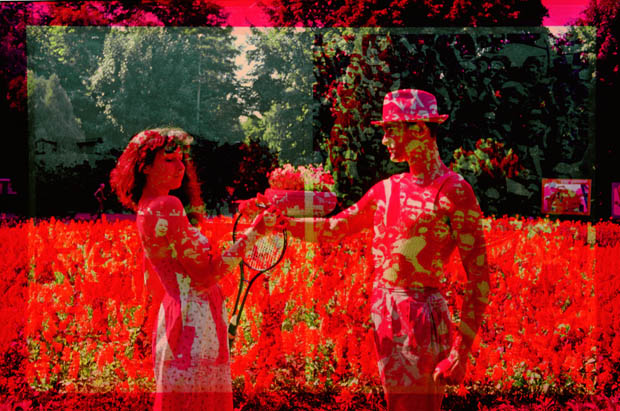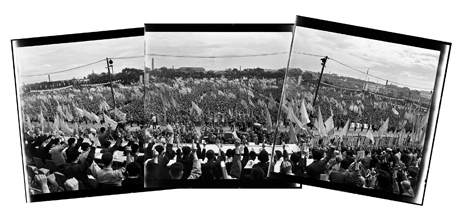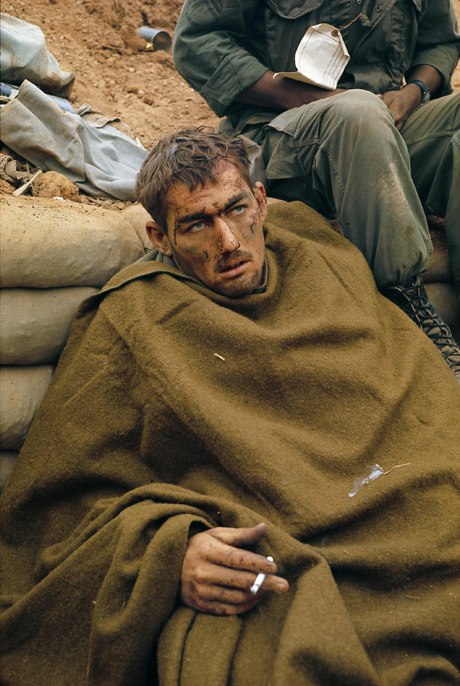
William Eggleston, Boris Mikhailov, Sigmar Polke and Shomei Tomatsu in Barbican photo retrospective
Everything Was Moving: Photography from the 60s and 70s looks at the moment photography became art
For most of us it's hard to imagine a time when a photographer wasn't an artist. Yet, you only have to go back 50 years or so, to reach a time when many within the arts establishment thought photographic prints were intrinsically inferior to other, more traditional forms of image making. The Barbican's forthcoming exhibition, Everything Was Moving: Photography from the 60s and the 70s, looks at the work that changed this conception. There are bright, pop images from William Eggleston; war photography from Larry Burrows; composite shots from Boris Mikhailov; Shomei Tomatsu's pioneering black and white images; Li Zhensheng's photographic record of the Cultural Revolution, and much more. The show features 400 works, and can be described, without exaggeration, as an international overview.

However, despite, or perhaps because of this holistic overview, some key artistic questions remain unanswered. In a statement issued in advance of the show, the Barbican's head of art galleries, Kate Bush, says, "Everything Was Moving explores a spectrum of different photographic approaches, and asks if, in the early 21st century, we are finally prepared to erase the distinction between art photography and documentary photography." Are we? Is Don McCullin's war photography as welcome on gallery walls as a Gregory Crewdson print? From an artistic point of view, this is still a hard question to answer. Perhaps all will become clearer after an hour or two inside the Barbican Art Gallery. The show opens 13 September and runs until the beginning of next year.

Can't make the exhibition? Then take a look at Red-Color News Soldier by Li Zhensheng, one of the exhibtion's photographers, or Vitamin Ph, our definitive book on contemporary photography, featuring 121 international artists.